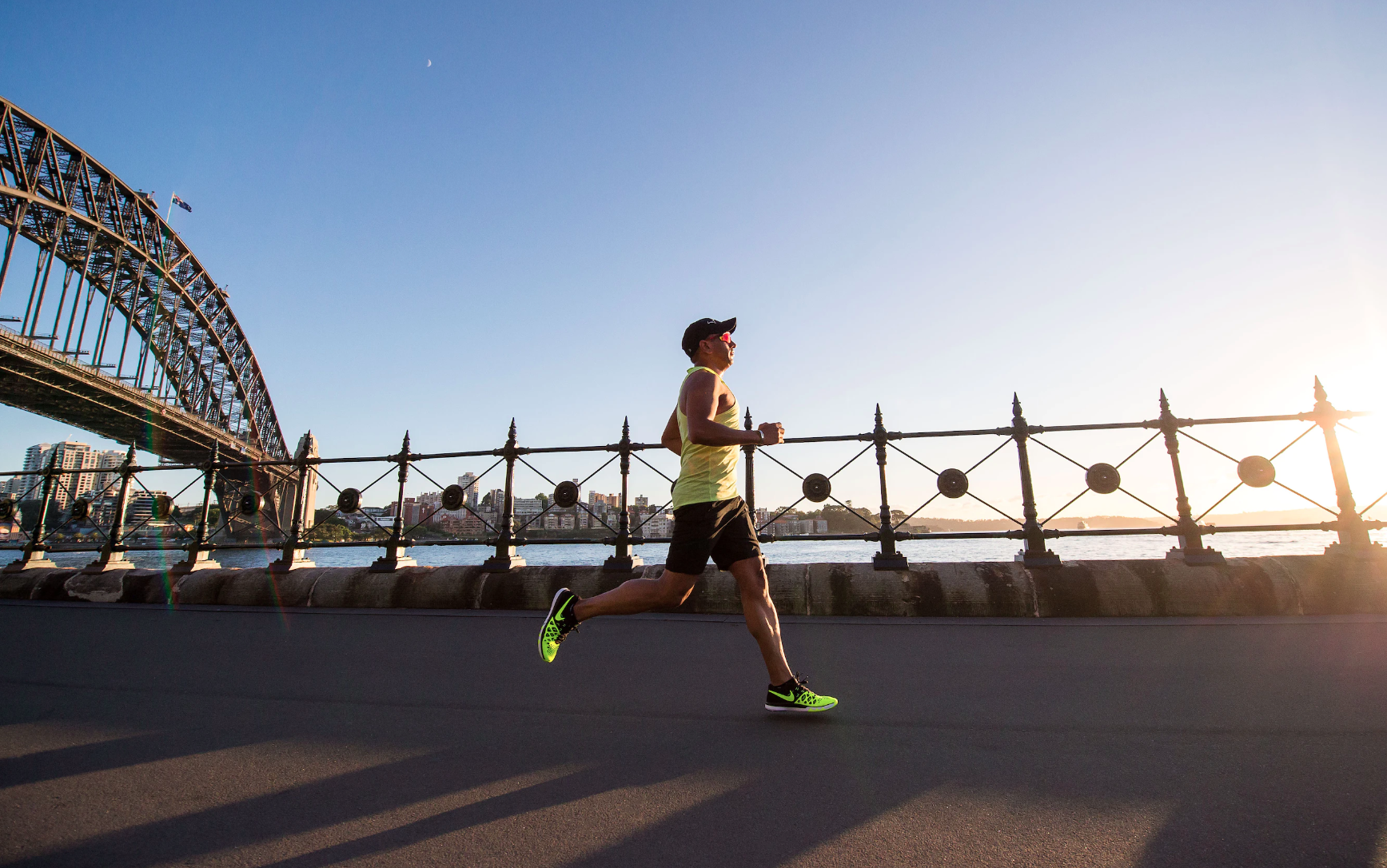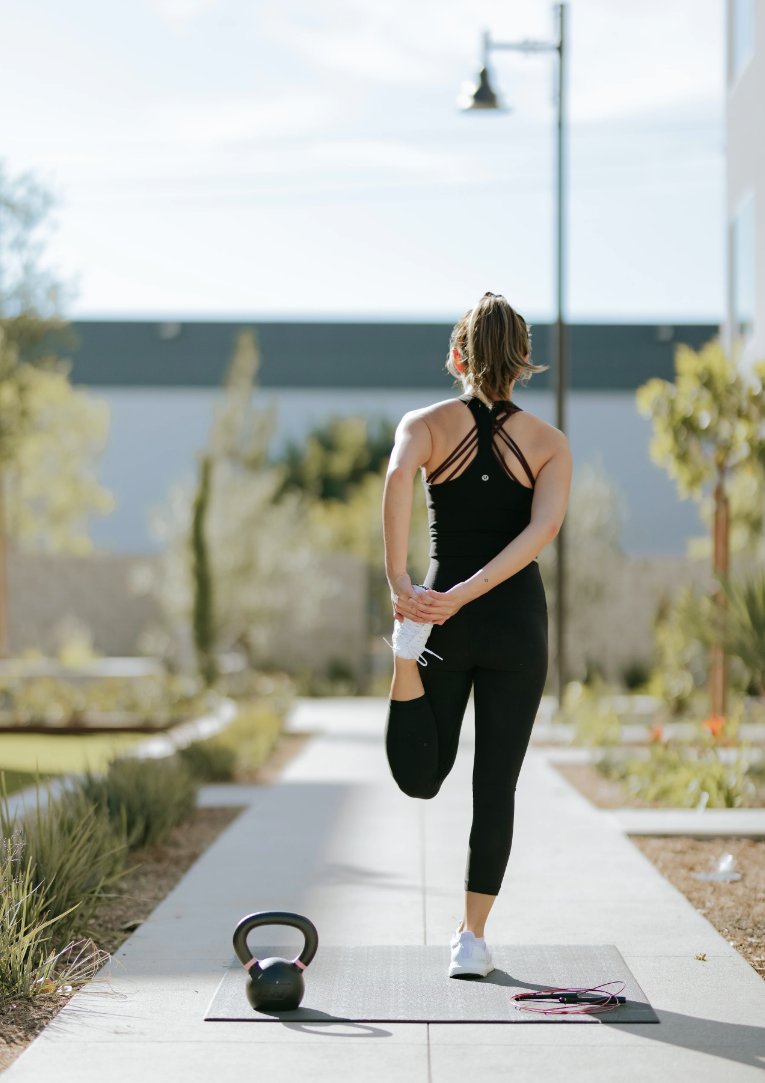Physical Address
304 North Cardinal St.
Dorchester Center, MA 02124
Physical Address
304 North Cardinal St.
Dorchester Center, MA 02124
Many people are unaware of the advantages of stretching. In most cases, people stretch once after finishing their workout program, or they could stretch right before beginning an exercise.
I’ll discuss the advantages of stretching in this post, along with how and when you should start implementing stretching into your daily routine.
Before you stretch, make sure you are not ice cold. If the stretch is intended to warm up your muscles before exercise, shake your body around a little before beginning the stretch.
If the stretch is static, hold it for at least 30 seconds. Permit your body some time to adjust to the length. Your tissues will be lot safer with this.
Keep your edge. If you exert too much force and experience discomfort, your body will suffer more harm than good. Reduce to roughly 80%.
Now that you are familiar with the fundamentals, let’s go over the advantages of stretching to give you a complete picture of when to incorporate stretching into your training routine.
Opening up your body at the start of your workout is a terrific way to access additional range of motion for your athletic performance. Here are a few justifications for stretching before working out.
1. Prevent Injury

You lessen the chance of ripping and tearing muscle fibers and tissues when you stretch your muscles. When the body is pushed too soon, this can occur. The parts that are still stiff and/or stuck are most vulnerable to damage if you start exercising right away without warming up or moving at all.
2. Obtain New Oxygen Flow
Your performance may suffer, and your joints may sustain major damage if there is insufficient oxygen supply. If these areas haven’t received oxygenated blood prior to activity, you may have pains, aches, and stress. Stretching improves the flow of fresh oxygen through your bloodstream to the rest of your body, which helps with movement performance in addition to pain relief and injury prevention.
3. Minimize Fatigue
Stretching before a workout will help you feel more able to endure lengthier workouts because you’ll be less prone to encounter muscular tiredness. In order for your muscles to effectively carry you through lengthier workouts, they require time and encouragement to awaken. Stretching helps these muscles do just that.
4. Boosts Vitality and Motivation
Muscles that haven’t been stretched or used collect blood. You’ll experience an increase in energy as a result of renewing the circulation to the muscles, as was previously described. Additionally, the blood flows to the brain, which improves focus and motivates you to start working out (particularly if you are stretching via your back and spine).
5. Boost Efficiency
This one ties together all of the aforementioned advantages of stretching prior to exercise. Your body will receive fresh oxygen, your chance of injury will be lower, and you’ll have more energy while feeling less tired, all of which will help you perform better throughout any workout you choose to do, whether it be strength or aerobic.
Fitness professionals are recommending that you take stretch breaks during your workout as a result of improvements in our functional understanding of how the body operates. Since stretching is now more widely taught in any decent personal training course, modern fitness instructors will teach you this.
Basically, after working a body part until it becomes exhausted, you stretch it for a short while before moving on to another set or another body part.
6. Strengthen Cooperation
For individuals who are strength training, this is very advantageous. Stretching helps to restore the pathways from your mind to muscle, making it possible to feel more coordinated and to adjust your technique to maintain your motions safe for the remainder of the workout.
7. Boost Your Energy

It’s beneficial to do this mid-exercise, just like you do before your workout to give fresh oxygen[3] and wake up your body. You’ll maintain your energy and then replenish it as needed to get through the challenging times.
8. Enhancing Body Awareness
This helps you measure your energy and exhaustion levels to determine whether you need to step up your program or give your body a rest if performance is flagging. It also helps you avoid injury. Stretching provides you a chance to tune into your body, observe your heart rate, where you are feeling tired or tense, and allows you to go forward in an intelligent manner. It’s a case of “stop, stretch, and assess.” It’ll help you when you try to get fit.
9. Intensify your movement.
Your body will have increased range of movement as a result of stretching since it will lengthen the muscles and loosen up tight spots in the connective tissue. Your squat will be deeper and more properly executed that manner.
Yes, it would be convenient if we could simply collapse when the workout was through and call it a day, but research indicates that those who skip the post-workout stretch will later pay the price with painful, stiff muscles and a higher chance of injury.
10. Quick muscle repairing
Stretching improves blood circulation, which enables the muscles to relax and receive the oxygen they need to begin healing right away.
After exercising, you allow your body time to truly get blood flow, which starts the recovery process much faster than if you just stopped without stretching. This happens when your heart rate begins to drop.

11. Encourage greater flexibility
A more flexible body not only enables you to perform some unique yoga poses, but it also eases tension in the muscles. You’ll see an improvement in your flexibility after a few weeks of consistent post-workout stretching.
You can access greater length in many regions of your body towards the end of your workout than you would have been able to pre- or mid-exercise by holding longer, deeper static stretches.
12. Take Care of Your Joints
Your joints have muscles attached to them and are encircled by connective tissue. You can ease tension and stuckness in your joints by exercising your range of motion around them (focus on your knees, hips, and shoulders). As a result, joints experience less stress and can move more easily. Stretching after an exercise helps to massage your joints while your body is still warm. [5]
13. Decrease Cramping Risk
Stretching reduces lactic acid buildup while also relaxing the muscles and allowing blood, body fluids, and energy to move through them freely without getting “stuck,” which frequently results in cramping.
Since dehydration may also contribute to post-workout cramps, we advise drinking some water as you stretch.
14. Let Your Body Cool Down
Lower heart rate and gradual return to resting heart rate are indicators of improved circulation. Stretching allows you to slowly rebalance your body, giving both your body and mind a sense of patience, mindfulness, and relaxation after your workout.
For more information you can click: